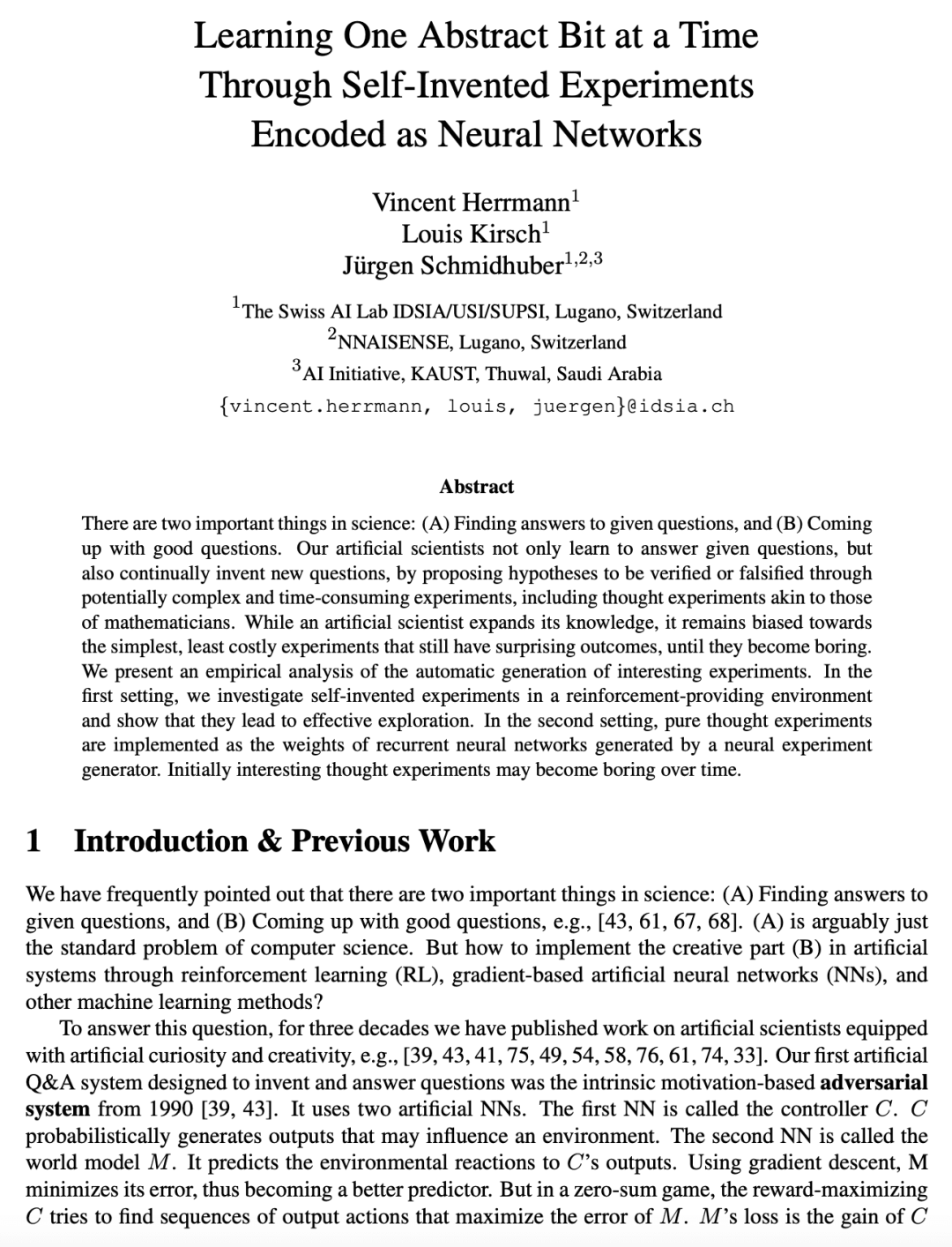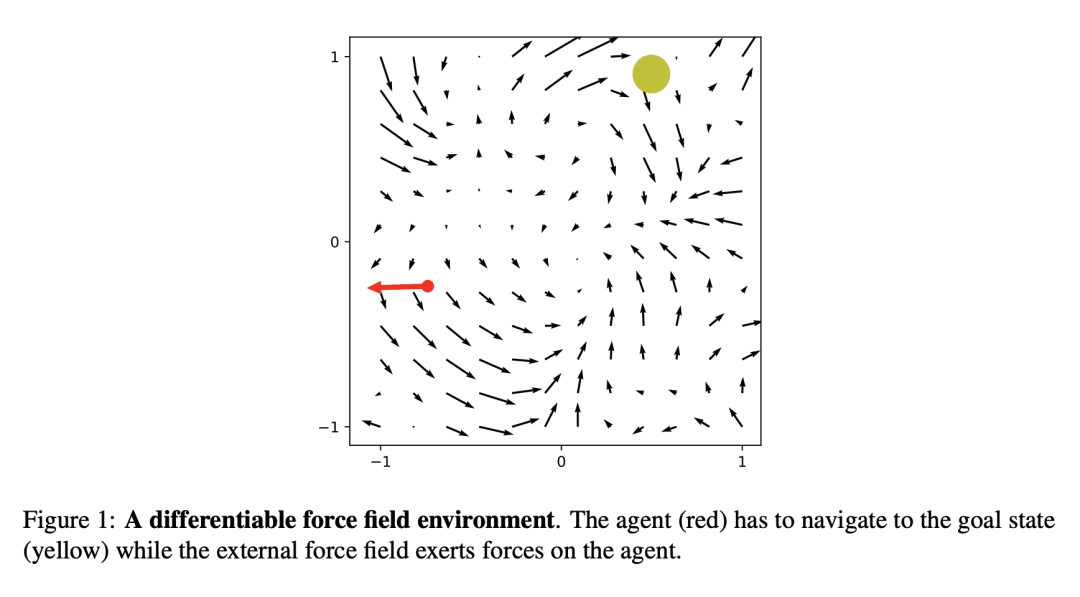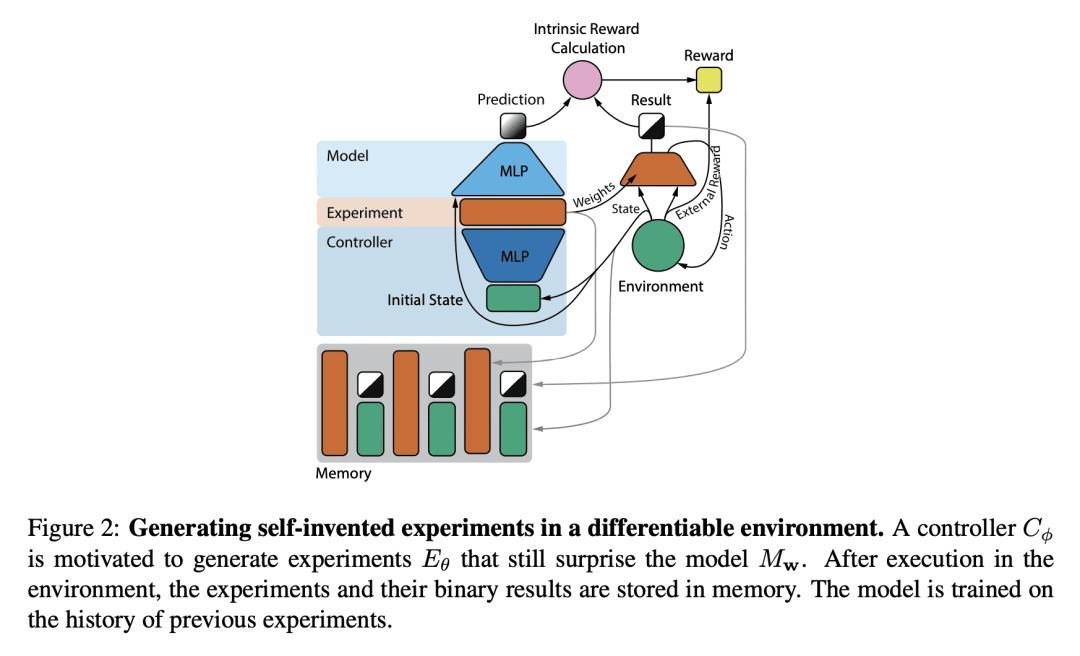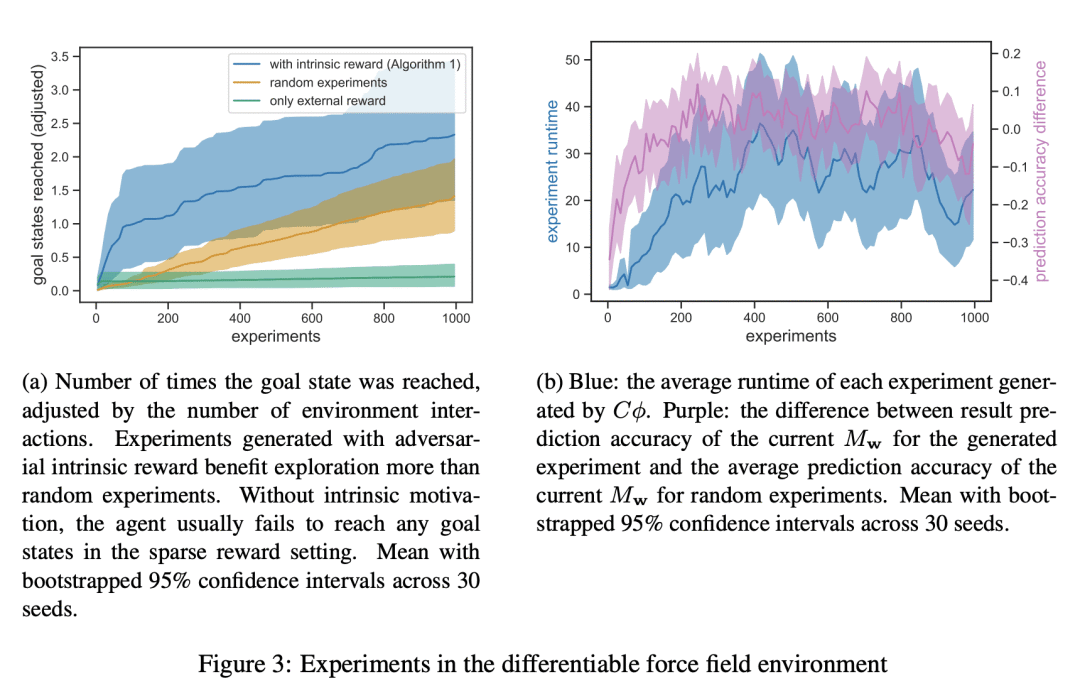来自今天的爱可可AI前沿推介
[LG] Learning One Abstract Bit at a Time Through Self-Invented Experiments Encoded as Neural Networks
V Herrmann, L Kirsch, J Schmidhuber
[The Swiss AI Lab IDSIA/USI/SUPSI]
通过编码为神经网络的自发性实验实现知识扩展
要点:
-
人工科学家能够通过实验发明新的问题和假设,而这些实验偏向简单性和惊奇性; -
扩展的神经控制器-模型框架允许创建具有二元结果的计算实验; -
通过创建结果让模型感到惊讶的实验,而控制器好奇地探索其环境以及其中可以做什么; -
自发性抽象实验有助于发现有价值的目标状态,纯粹的思想实验可能会带来信息获取的收益。
一句话总结:
扩展的神经控制器-模型框架可以像人类科学家一样创建计算实验,从而发现新的知识和见解。
摘要:
科学中有两件事很重要: (A) 寻找给定问题的答案, (B) 提出好问题。人类科学家不仅学会回答给定的问题, 还会通过可能复杂且耗时的实验(包括类似数学家的思想实验)提出假设来验证或证伪, 从而不断发明新问题。当人工科学家扩展其知识时, 仍然偏向于最简单、最不昂贵的实验(仍然具有令人惊奇的结果), 直到其变得乏味为止。本文提供了有趣实验的经验分析。在第一种情况中, 在提供强化providing的环境中调查自发性实验, 并表明它们导致有效的探索。在第二种情况中, 纯粹的思想实验被作为神经实验生成器生成的递归神经网络的权重实现。最初有趣的思想实验可能会随着时间的推移变得无聊。
There are two important things in science: (A) Finding answers to given questions, and (B) Coming up with good questions. Our artificial scientists not only learn to answer given questions, but also continually invent new questions, by proposing hypotheses to be verified or falsified through potentially complex and time-consuming experiments, including thought experiments akin to those of mathematicians. While an artificial scientist expands its knowledge, it remains biased towards the simplest, least costly experiments that still have surprising outcomes, until they become boring. We present an empirical analysis of the automatic generation of interesting experiments. In the first setting, we investigate self-invented experiments in a reinforcement-providing environment and show that they lead to effective exploration. In the second setting, pure thought experiments are implemented as the weights of recurrent neural networks generated by a neural experiment generator. Initially interesting thought experiments may become boring over time.






评论
沙发等你来抢